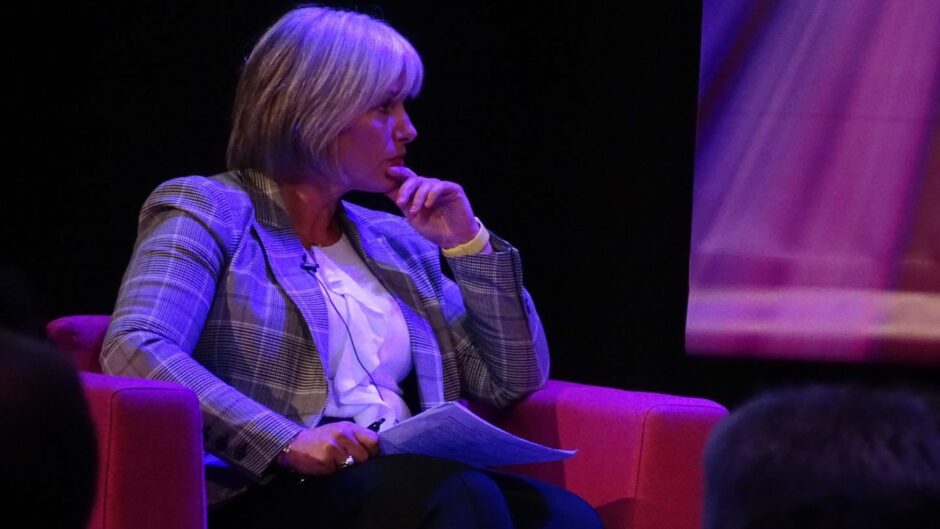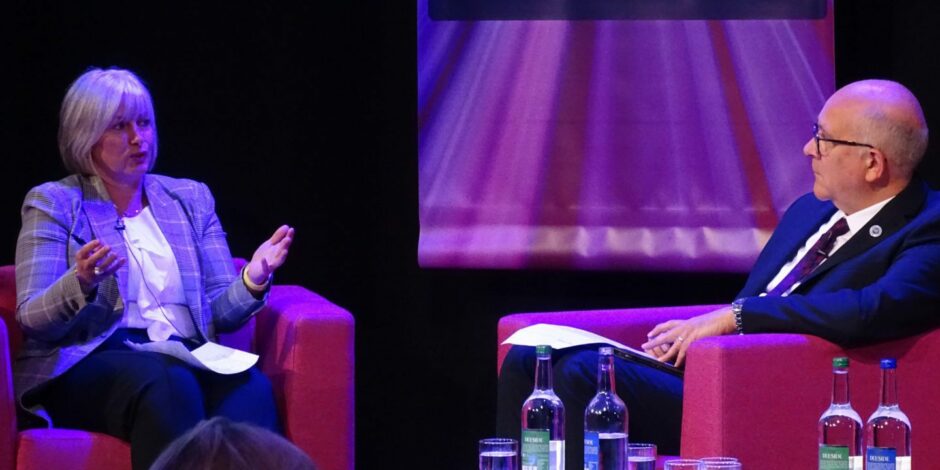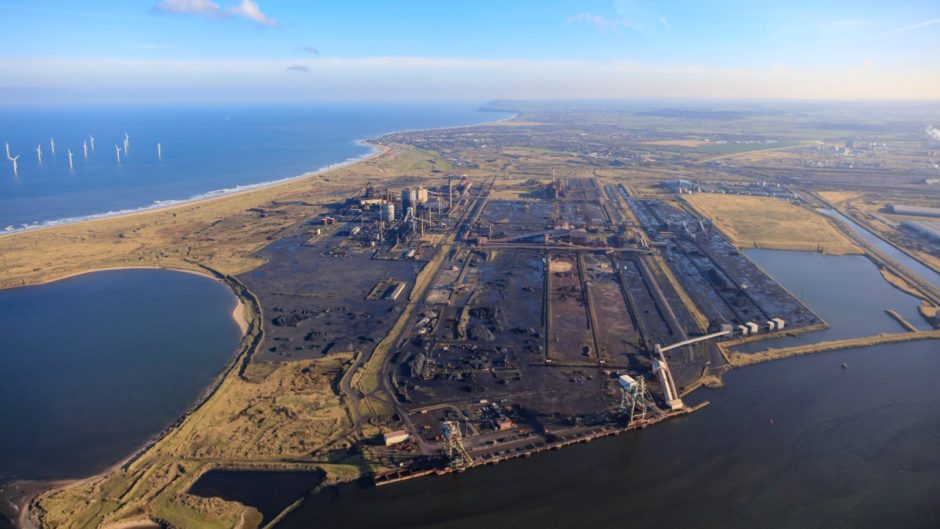
BP’s UK head of country has challenged industry and government to slash the time it takes to deliver low carbon projects.
Louise Kingham, who is also the oil giant’s senior vice president for Europe, told the Energy Exports Conference that “we need to go a lot quicker” in order to hit net zero targets.
Speed of delivery was a key theme of the first day of the Energy Industries Council (EIC) event in Aberdeen.
During the morning session, oil tycoon Sir Ian Wood warned there is a “real danger of bureaucratic delays” hampering the deployment of renewables.
And that could act as a serious barrier to the UK Government’s target to zero out emissions by 2050.
EIC chief executive Stuart Broadley also flagged concerns that had been raised about “10 year delays to projects”, to which Ms Kingham replied, “we need to half that at least”.
She added: “The regulatory organisations and government departments, which we work with and have some great conversations with, understand and appreciate that is what needs to be done.
“They hear that very clearly from me and from many others. We know what a lot of the answers are to start improving on pace, and we need to go a lot quicker.
“You can control it to some degree absolutely, but part of the challenge with the transition is that there is an awful lot to do, at significant scale, very quickly.”
In order to help accelerate the pace of transition, Ms Kingham says there is a need for “bravery in the decision making” by those that sculpt the “ecosystem” for developers and supply chain.
In addition to its core oil and gas activities, BP (LON: BP) has several eggs in the energy transition basket.
The London-listed supermajor was among the big winners in the offshore wind leasing processes in both Scotland, and England and Wales.
It has also teamed up with Norwegian energy giant Equinor in order to enter the offshore wind market in the US.
In the hydrogen space, BP recently signed a joint venture agreement with Aberdeen City Council in order to deliver a hydrogen hub in the city.
South of the border the company is progressing H2Teesside and HyGreen Teesside, which will produce blue and green hydrogen respectively.
Ms Kingham said: “We want to get to the lowest cost hydrogen as quickly as we can, and for us it is logical to go for blue and green, rather than just going to green straight away.”

 © Supplied by EIC
© Supplied by EIC © Supplied by BP
© Supplied by BP